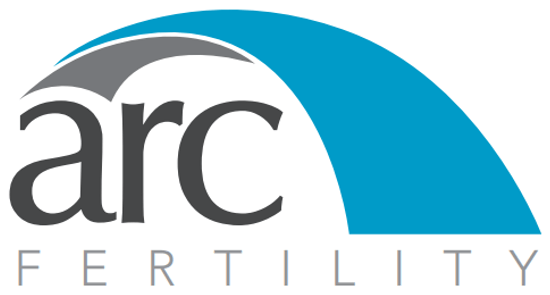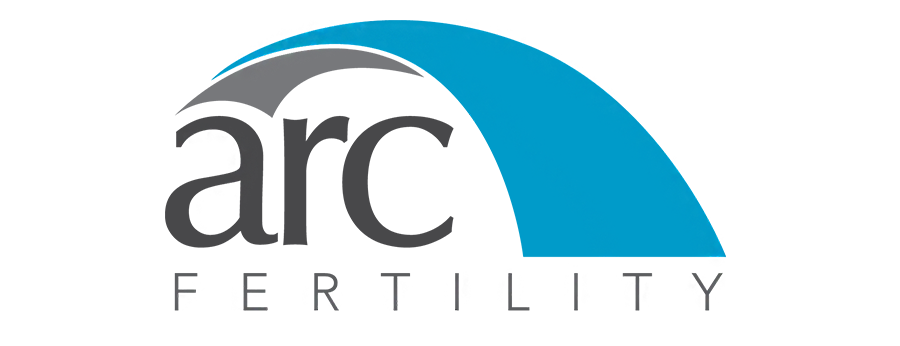Over the last several years, the field of Assisted Reproductive Technology (ART) has advanced rapidly in providing assistance to couples with male factor infertility. In couples that are having difficulty trying to conceive a child, approximately 40% will be diagnosed with a male problem. A routine semen analysis is used to determine the adequate number and quality of sperm to predict the fertilization potential.
When sperm are produced by ejaculation but in very low numbers, In-vitro Fertilization (IVF) along with an assisted fertilization technique called “ICSI” (Intracytoplasmic Sperm Injection) has helped many couples achieve a pregnancy. A cycle of IVF involves daily injections for approximately 8-10 days to stimulate a woman to produce many mature eggs that are retrieved in a minor outpatient procedure.
ICSI is then performed by directly injecting a single sperm into a one egg using microscopic instruments. The next day, the injected eggs are checked for fertilization and, within several days, a select number of embryos are transferred to the woman’s uterus in hopes of achieving a pregnancy.
Until the mid 1990′s, donor sperm was the only azoospermia treatment for the absence of sperm in the ejaculate. Some men have a condition where their reproductive ducts may be absent or blocked (obstructive azoospermia or OA), whereas others may have no sperm production with normal anatomy (non-obstructive azoospermia or NOA). A minor outpatient procedure called “TESA” (TEsticular Sperm Aspiration) may be offered to obtain sperm directly from the testes where it is produced. If successful, the sperm can then be used with IVF/ICSI. Using a serum FSH and palpating the male reproductive ducts and size of the testis, urologists can usually distinguish between OA and NOA. Specifically, an elevated FSH and small testicular size is consistent with NOA.
Azoospermia is found in 10% of male infertility cases. Patients with OA, due to congenital bilateral absence of the vas deferens (CBAVD) or those in whom reconstructive surgery fails, have historically been considered infertile. Men who cannot produce sperm in their testes with apparent absence of spermatogenesis diagnosed by testicle biopsy are classified as NOA. This article will discuss advances in obstructive and non-obstructive azoospermia treatment and does not include hormonal disorders such as hypogonadotropic hypogonadism.
Surgical retrieval of spermatozoa from testes combined with ART has given new hope to those patients previously considered infertile. In cases of surgically irreparable AO or in cases of CBAVD, Microsurgical Epididymal Sperm Aspiration (MESA) with standard IVF has been shown to yield fertilization and pregnancy. However, the results were poor and unpredictable. TESA is now a well-accepted technique in the treatment of men diagnosed with OA or NOA but requires ICSI due to the immature fertilization potential of testicular sperm. Since testicular biopsy is an invasive procedure, the efficient use of TESA would reduce surgical aspirations to a single sperm retrieval by including cryopreservation (see below).
Recently, Dr. Bin Wu’s group has defined an optimal technique for fresh and frozen-thawed testicular sperm for ICSI in azoospermic patients. This technique involves in vitro maturation of fresh and frozen testicular sperm. Although TESA is used frequently to obtain sufficient sperm for ICSI, few free spermatozoa demonstrate twitching motility and most are completely immotile in the initial testicular biopsied samples. This research demonstrates that less than 3% sperm motility is observed following the initial collection of testicular biopsy samples. In most cases of NOA, it is very difficult to find sufficient motile sperm in the initial fresh or frozen-thawed sample for ICSI.
When Dr. Wu’s group performed testicular biopsied tissue in-vitro culture for 24 hrs, the number of motile sperm showed a remarkable increase and reached a maximum motility rate between 48 and 72 hours. Based on these observations, after 24 hours of in vitro culture, there are enough motile sperm including “twitching” sperm for ICSI. Therefore, it appears that the optimal time for ICSI using testicular sperm is after 24-48 hours of culture. This may allow TESA to be performed one or two days before oocyte retrieval and provides flexibility in scheduling these procedures in clinical practice.
Cryopreservation of TESA specimens can avoid repeated testicular biopsies in azoospermic patients in whom the only source of spermatozoa is the biopsy. Testicular sperm cryopreservation using a simple freezing protocol is promising in patients with AO and NOA augmenting the overall success achieved after surgical sperm retrieval. This study indicates that the frozen-thawed testicular sperm displayed a similar motility to fresh samples during culture. As a result, the cryopreservation of testicular biopsy specimens routinely is recommended in clinical practice. Nevertheless, there remains controversy in the medical literature regarding the optimal processing of sperm with NOA, namely using freshly retrieved vs. frozen sperm.
In summary, TESA with ICSI has successfully treated azoospermia and offers approximately a 40% live birth rate from OA and NOA patients. The freezing and in vitro maturation of testicular biopsy specimens are useful approaches to the management of testicular biopsy samples from both AO and NOA patients. These techniques offer the possibility of several attempts at IVF/ICSI from a single testicular biopsy sample. One to three days of in-vitro culture for fresh or frozen samples before an oocyte retrieval may increase the availability of motile spermatozoa for ICSI. Testicular biopsy freezing and subsequent culture may be a reliable alternative for patients undergoing TESA on the same day of oocyte retrieval, allowing for flexibility in scheduling patients for clinical procedures.
David Heinkel is the IVF Embryology Laboratory Director of Fertility C.A.R.E. (Center of Assisted Reproduction and Endocrinology). Dr. Mark P. Trolice is the Director of Fertility C.A.R.E and is Board-certified in Reproductive Endocrinology and Infertility (REI). He is also the Division Director of REI at Arnold Palmer Hospital for Children and Women in Orlando. Please direct any inquiries by calling 407-672-1106 or email [email protected]
Mark P. Trolice, M.D., FACOG, FACS is Director of Fertility C.A.R.E. (Center of Assisted Reproduction & Endocrinology in the Orlando, Florida area and Director of Reproductive Endocrinology & Infertility at Arnold Palmer Hospital for Children & Women.
© Copyright Mark P. Trolice

